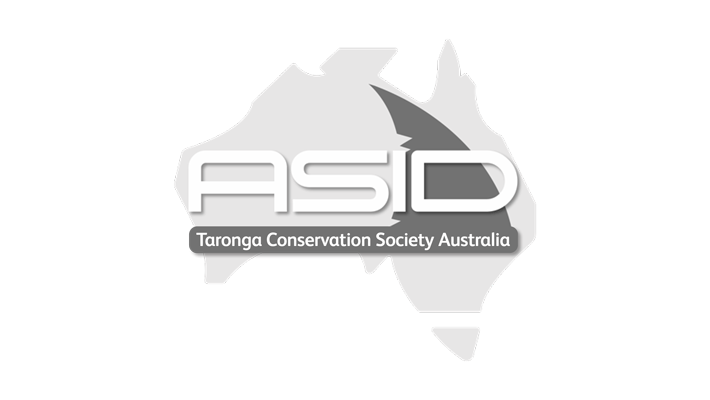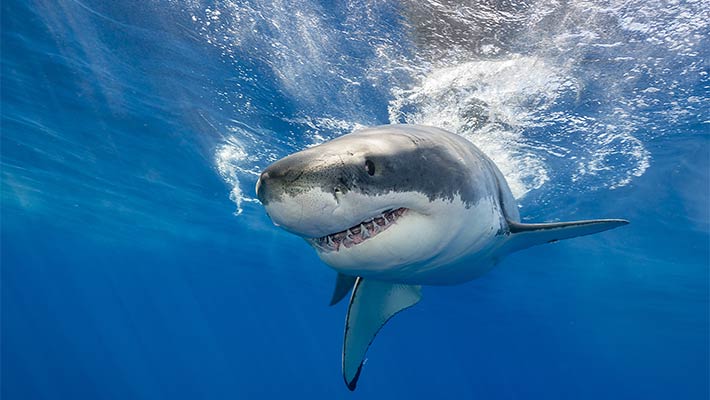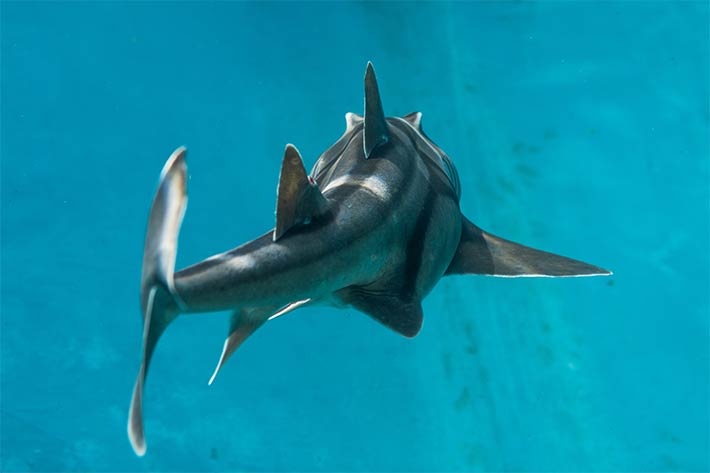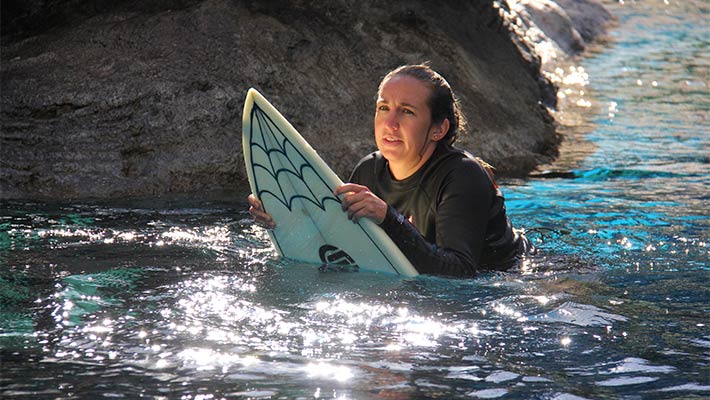The database has been maintained by Taronga Conservation Society Australia, since 1984 and includes more than 1,100 individual investigations of shark-bite cases in Australia since 1791. All shark-bite cases reported to the database are subject to thorough assessment to collate all possible information about the event. The original dataset is a comprehensive repository with 100 descriptor fields including information such as geographical location of the incident, weather conditions, victim recovery status, shark species, and time of incident. This information is gained by a purpose-designed questionnaire completed by victims, witnesses, official reports, and investigations by qualified biologists.
The database is updated as new information becomes available. Gathering this information enables a comprehensive evaluation of the context and potential causes of shark-bites, and may assist in reducing these incidents and promoting sustainable shark-human coexistence.
A paper describing the data was recently published in Nature’s Scientific Data.





